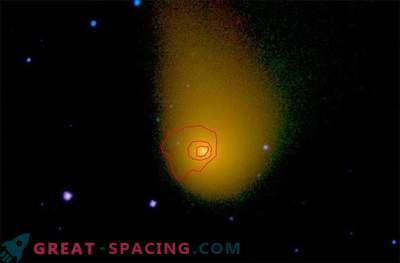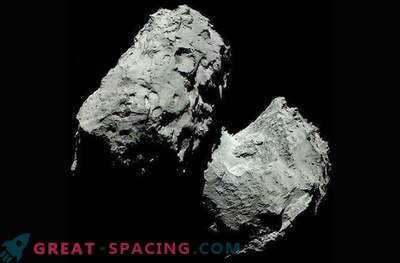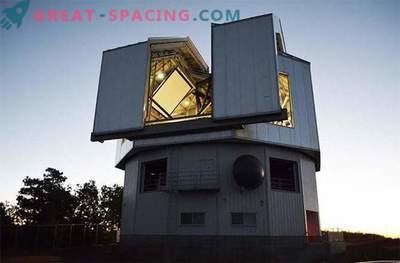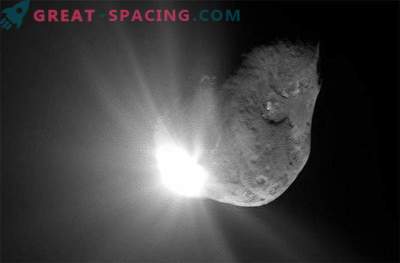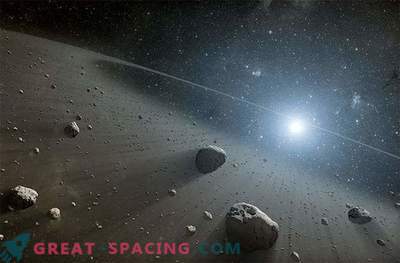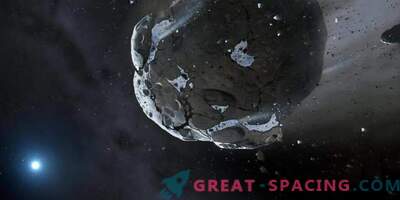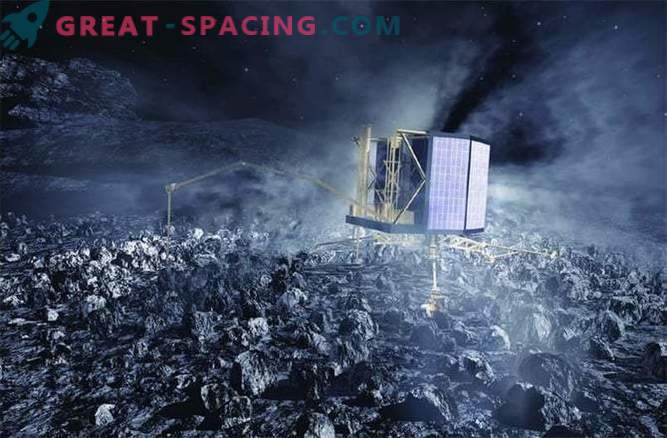
The European space ship Rosetta discovered that water collected from a comet has a different chemical imprint than water collected on Earth, thus raising serious concerns that comets from the Kuiper Belt were a source of water for the Earth’s nascent oceans in the past. .
Scientists have long wondered how the Earth got its water. Any water molecules should have perished during the hot and turbulent period of the planet.
According to the basic theory, water came later, 800 million years after the formation of the Solar System, when the inner planets were subject to the impacts of asteroids, comets and other small bodies. It was at this point, known as “Late Heavy Bombardment,” an object the size of Mars crashed into Earth, sending a bunch of garbage into space. Later from these remnants of the moon was formed.
The idea that water came to us from comets was seriously reinforced by research conducted three years ago, when the European spacecraft Herschel made chemical measurements of water on another Kuiper Belt object - comet Hartley 2. Her water perfectly corresponded to Earth.

Kuiper Belt Illustrated Image
"Comet 67P / Churyumov-Gerasimenko, which is the current object of Rosetta's research, told us another story. Its water has three times more hydrogen isotope deuterium than water on Earth, that is, it has the highest concentration of this element in the Solar System", said Berna Catherine Altvegg, a leading researcher at one of Rosetta’s scientific instruments. "This eliminates the possibility that the Kuiper Belt objects and comets are the source of water on Earth," Altwegg added. "Even water taken from comet Hartley 2 has too much deuterium."
Additional measurements from other comets may shed more light on this mystery. New research results from Rosetta in August increase the likelihood that asteroids are the source of water on Earth.
"Today, asteroids have a very limited supply of water. But this was not always the case. During the late heavy bombardment 3, 8 billion years ago, asteroids could well have more water than they have today. Just being in the vicinity of the Sun for 4, 6 billion years, they could lose most of the water as a result of heating, "said Altwegg.
Studies show that the line between asteroids and comets blur. Astronomers have already discovered comet-like asteroids, comets with small tails that look like asteroids, and asteroids with comet-like tails.
The results of Rosetta also show that comets from the Kuiper Belt, areas of icy bodies beyond the orbit of Neptune, are formed at different distances from the Sun and under different conditions.


